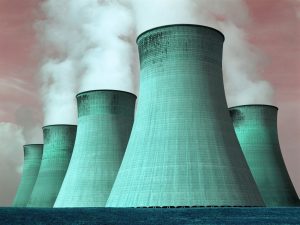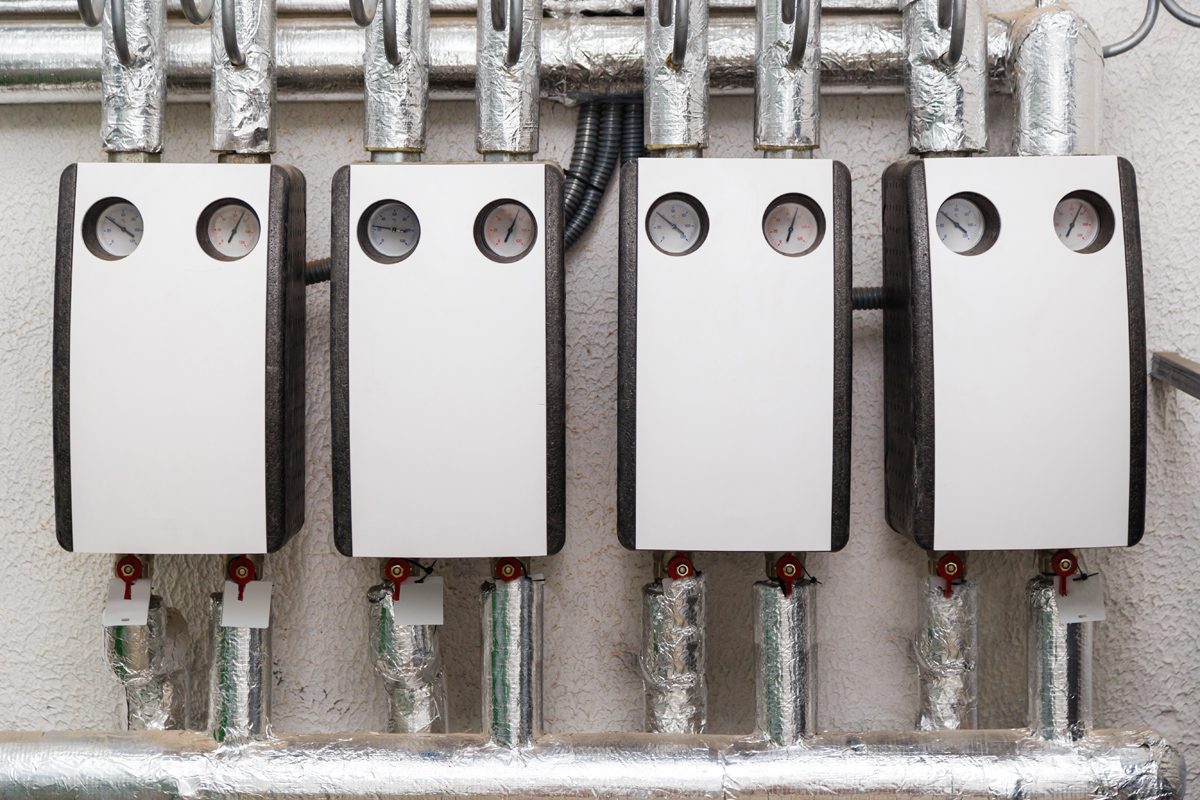There are two main types of systems used for multiple cooling purposes. Both cooling towers and chillers are very similar, so which one is best for your specific needs? If you are searching for “chiller vs cooling tower” or “cooling tower vs chiller,” this post is for you!
Differences Between Cooling Towers And Chillers
With chillers, heat is removed directly from the coolant, then transferred to the surrounding air. This process is essential for any cooling process. A cooling tower, meanwhile, is designed to remove heat from any water that is discharged from the condenser. If a factory, etc chooses the wrong type of application, it is likely that the area will not be properly cooled.
Chillers and cooling towers undoubtedly produce similar results, but slight differences between the two units are why they are used in different plants, factories, etc.
Where Are Cooling Towers Used?
Here are a few applications that utilize cooling towers:
- Oil and gas refining plants
- Thermal power stations
- Power plants near bodies of water
Where Are Chillers Used?
Chillers are used for many applications, including:
- Plastic-industry applications
- Microbreweries & wineries
- Water-jet cutting applications
Types Of Cooling Tower
Here is a list of common cooling tower models used today:
Crossflow Cooling Towers
A crossflow cooling tower, because of its design, makes the hot process water flow down the fill media due to the force of gravity. This occurs while the air blows horizontally across the falling water, which cools it down. The air flow, of course, is the reason why it is named crossflow. In these towers, water requires only gravity for downward flow since there is no other force going against its direction. Hot water basins are placed above the fills, allowing for the water to be evenly distributed.
Counterflow Cooling Towers
In counterflow cooling towers, the hot process water flows downward on the fill media to continue its flow down to drain onto the cold water basin. In this model, though, the air will enter the tower in a lower section, compared to the crossflow towers. The air will flow upward, passing through the water flowing the fill, resulting in a cooling down phase. The pressurized pipes and nozzles are also placed further apart than in crossflow models, as to not restrict airflow to the tower.

Factory Assembled Cooling Towers
These towers are used for HVAC and industrial applications in situations where a high cooling efficiency is not needed and limited space is available. Easy transportation and installation are the two biggest benefits of factory assembled versions. Factory assembled cooling towers are very popular models because they can be custom made to fit your industrial area’s exact specifications.
Forced Draft Cooling Towers
Most industrial plants enjoy the benefits of using forced draft cooling towers. These models are extremely powerful, yet economical at the same time. Forced drafts remove low-potential heat generated within the production process. A counterflow of air and hot water in the cooling fill will result in a transfer of heat. These are ideal towers for the chemical and paper industries.
Induced Draft Cooling Towers
An induced draft tower features a fan at the top of the tower which pulls the air upward. The fan then induces the hot, moist air out of the discharge. The end result is a powerful exiting air velocity, reducing possible recirculation within the tower. These models will prevent any discharged air to flow back into the air intake point.
Types Of Chillers
These are the two most common chiller applications currently in use:
Air-Cooled Chillers
Air-cooled chillers absorb heat from the water, then transfer the heat outside of the system back into the air which surrounds the unit. The temperature of the air will lower as soon as it is transferred outside. Air-cooled versions are generally used by factories, etc that do not produce an excessive amount of heat.
Water-Cooled Chillers
Water-cooled chillers are commonly combined with cooling towers for large-capacity applications, such as food processing and water-jet cutting. Combining these chillers with a tower allows for maximum efficiency. The only downside with water-cooled chillers is the possibility that it will generate too much heat at times.
Universal Tower Parts In Phoenix, AZ
Universal Tower Parts provides stainless steel and galvanized options, welded and gasketed, direct, gear reducer and belt drive units, with efficient Jedair fans, and Jedair low noise fans. Strainers, fan guards and louvers are well constructed, and designed to operate efficiently as they perform their function. Cool Core drift eliminators and fill are made by Universal Tower Parts expressly for our towers.





